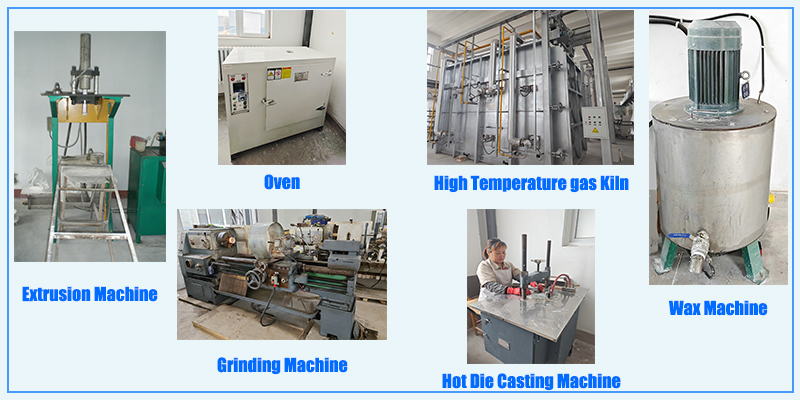Analysis of Global Advanced Alumina Ceramic Supply Chain

As a key material in the global manufacturing industry, advanced alumina (Al₂O₃) ceramics, with their high melting point, high hardness, and excellent chemical stability, have witnessed a sharp surge in demand in high-end fields such as semiconductors, electronic packaging, and medical devices. From the perspective of international procurement, this article sorts out the technological advantages and market layouts of the world's core manufacturers, providing a reference for procurement decisions.
I. Global Market Landscape: Japan and Germany take the lead, while China and the United States accelerate their pursuit.
Sumitomo Chemical is renowned for its AKP series of high-purity alumina ceramic powders. With a purity of over 99.99%, the particle size can be customized ranging from submicron to nanometer scale, and it is widely applied in the fields of sapphire crystals and electronic packaging. Its spherical alumina ceramic powder, thanks to its high fluidity and packing density, has become the preferred choice for thermal conductive materials.
Almatis focuses on calcined alumina ceramic (such as the CT series) and activated alumina ceramic (the APA series). Its products have outstanding high-temperature resistance performance, and the company is a leading supplier of refractory materials and catalyst carriers. Its global production bases cover Europe, the Americas and the Middle East, ensuring the stability of the supply chain.
Alcoa mainly focuses on metallurgical-grade alumina ceramic. Although its share in the high-end ceramic field is limited, its large-scale production capacity and cost control capabilities provide support for the chemical raw materials market.
4. China: Breakthrough in Domestic Substitution
The localization rate of high-purity alumina ceramic components for semiconductor equipment in China has reached 14%. The 997-grade alumina granulated powder has passed the verification of the 5nm production line, and its technical indicators are close to the international level.
It is the largest manufacturer of alumina ceramic grinding media in the world, with an annual production capacity of 40,000 tons. 60% of its products are exported to Europe, America, and Southeast Asia, and it has passed international certifications such as ISO 9001.
The low-sodium ultra-fine activated alumina micro-powder meets the requirements of precision ceramics, and setting up a factory in Europe shortens the delivery cycle.
II. Technological Trends: Customization and Precision Machining Drive Innovation
The 3nm semiconductor manufacturing process requires that the thermal expansion coefficient of alumina ceramic components be lower than 6×10⁻⁶/K (25-800℃), which promotes the application of cold sintering technology (with a density of 98%) and oscillatory pressure sintering process.
2. Expansion of Application Scenarios
- Electronic Packaging: The spherical powder of Sumitomo Chemical improves the heat dissipation efficiency of chips, and the demand surges with the growth of 5G and AI chips.
Semiconductor Equipment: The protective layer of the etching cavity (purity > 99.5%) and the wafer stage (thermal conductivity > 25 W/m·K) have become the focus of domestic substitution.
Chinese manufacturers have reduced energy consumption costs by 50% through "energy contract management" and have used the chemical vapor deposition method to purify the powder to 99.999%.
III. Procurement Strategies: Evaluation of Quality, Production Capacity and Compliance
1. Screening of Key Indicators
Particle Size Control: In the semiconductor field, a submicron level (with an accuracy of ±1μm) is required, while for refractory materials, an accuracy of ±5μm is acceptable.
2. Supply Chain Resilience
Certification Requirements: Give priority to enterprises that have passed certifications such as ISO 9001 and SGS, such as Yunxing Industrial Ceramics.
The quotations of Chinese manufacturers are 20%-30% lower than those of Japanese and German manufacturers. However, it is necessary to evaluate the technical support and delivery stability in long-term cooperation.
IV. Outlook: The market size may exceed 10 billion US dollars by 2030.
It is predicted that the global advanced alumina ceramic market will grow at a compound annual growth rate of 8.7% and reach 4.3 billion US dollars by 2030. Purchasers need to pay attention to three major aspects:
Technical Cooperation: Collaborate with leading enterprises to jointly develop customized products.
ESG Compliance: Give priority to suppliers alumina ceramic adopting emission reduction processes (such as cold sintering).
Geopolitical Layout: Establish secondary supply chains in emerging manufacturing centers such as Southeast Asia and Mexico to diversify risks.
Conclusion
The competition in advanced alumina ceramics has shifted from "material substitution" to "performance customization". Purchasers need to dynamically evaluate technological iterations and the resilience of the supply chain. The technological accumulation of Japanese and German enterprises and the cost-performance advantages of Chinese manufacturers provide diverse options for global procurement.

